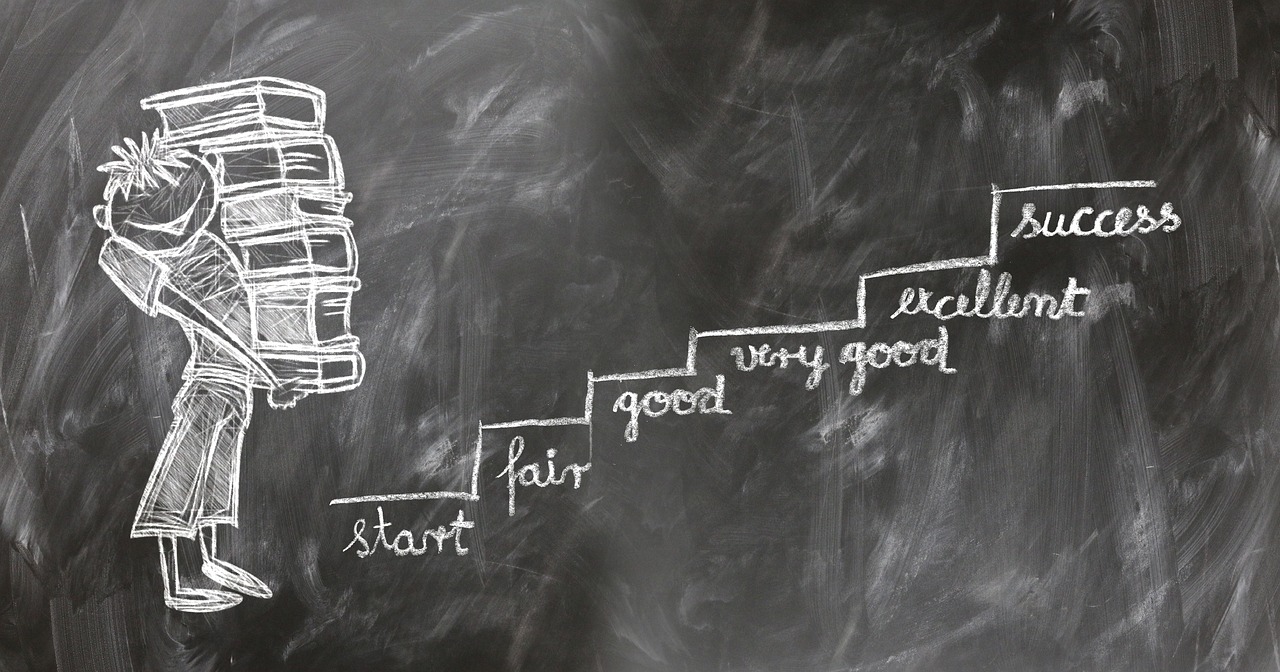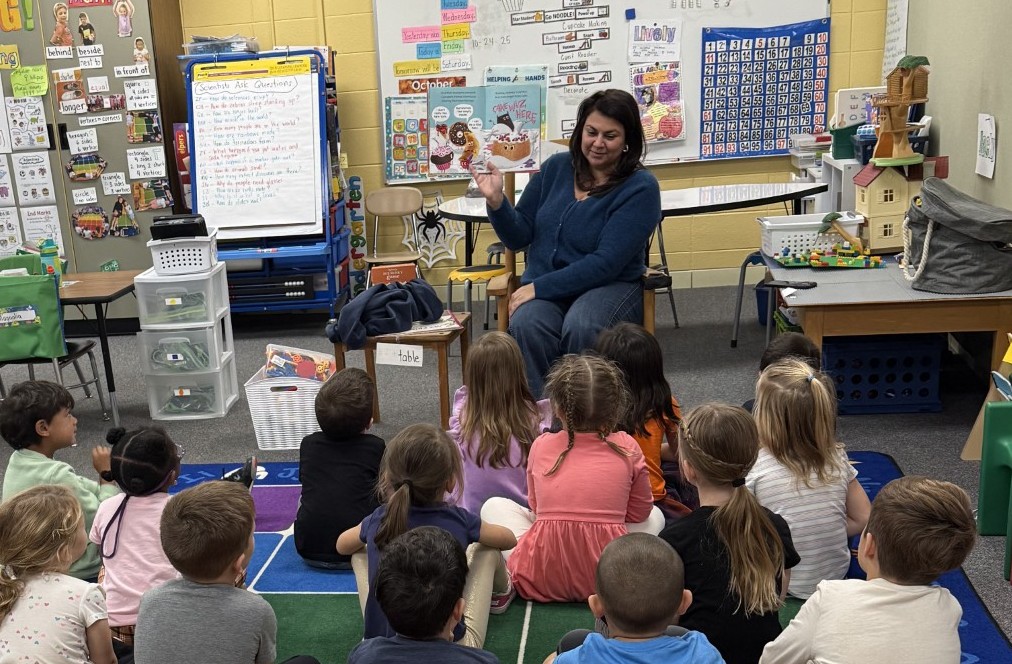The Remembered Success Effect: Adding Easier Math Questions Can Boost Student Motivation
A new study of the remembered success effect finds that adding less challenging questions to the beginning or end of an assignment can improve student motivation.

In an episode of Seinfeld, George Costanza famously started leaving meetings or conversations with friends early after he told a funny story in order to end on a high note.
I was recently reminded of this episode by David Miele, program director of Applied Developmental & Educational Psychology at Boston College, because there’s a lesson here linked to student motivation.
Researchers have long known that as school tasks become more difficult student motivation can decrease as they encounter more failure. Building in opportunities for success — for instance, by giving them easier math questions — can counteract this, but runs the risk of watering down the content being taught, Miele says.
Separate research indicates that people remember the beginning and ends of tasks best through what psychologists call "primacy" and "recency" effects. They also seem to better remember specific parts.
“People tend to overweight the pleasure or pain they experienced at the end of the task, but also at the most intense point of the task,” says Miele.
This is where the idea of George Costanza leaving on a high note comes in--research done with adults has found what is termed the “remembered success effect” in which academic tasks that start or end with extra opportunities for success were found to be preferred to the challenging tasks alone.
Miele and his colleagues, including Bridgid Finn (who Miele stresses was really instrumental in this research), wondered if they could boost student motivation without decreasing academic rigor by providing mostly rigorous questions in a text or activity but also including some easier questions at the beginning or end of the exam.
Tools and ideas to transform education. Sign up below.
Ultimately, what they found suggests there are some simple ways teachers can motivate student activity.
The Remembered Success Effect
To study the remembered success effect in children, Miele and his colleagues worked with 570 third- and sixth-graders for a paper published in 2024. All students were given an assessment with 10 difficult math problems. Some students were also given five additional questions that were easier.
The study found that in both grades, students who got the additional questions at the beginning or end of the session valued the activity to a greater extent. Although the task with the additional easier questions took longer to complete, it didn't feel that way for students.
“There was also a tendency to perceive the longer task as having been the shorter task,” Miele says. This study potentially has big implications for how teachers motivate students through difficult tasks.
Takeaways From This Research For Teachers
Miele notes this research suggests there are steps that teachers can do to maintain students positive evaluations toward a really challenging task without watering it down. These steps have the added benefit of being low-cost and not requiring a tremendous amount of time for teachers to undertake, he says.
“It could be as simple as just taking some problems that they know to be relatively easier and positioning them in the beginning or end of the task,” he says.
Some caveats are needed, however. To get the desired effect, these questions need to go at the beginning or end of the assignment. Also, some studies suggest adding questions can still fatigue students even if they don’t perceive it.
“There might be potential fatigue effects associated with doing more math problems, even though subjectively, they're like, ‘I enjoy that task more.’ It doesn't mean that they're not a little bit more tired out by having solved more math problems,” Miele says.
Knowing this can influence how a teacher plans follow-up activities. Also, if you’re planning multiple activities, constantly tacking on additional questions could start to be counterproductive due to fatigue, Miele says.
Of course, more research on all this is still needed to better piece out how and when the remembered success effect can best be utilized. Miele is working on further studies to fine-tune how teachers can best use the remembered success effect.
But for now, we're going to follow George Costanza’s lesson and end here on a high note: “Alright, that's it for me. Goodnight everybody!”
Erik Ofgang is a Tech & Learning contributor. A journalist, author and educator, his work has appeared in The New York Times, the Washington Post, the Smithsonian, The Atlantic, and Associated Press. He currently teaches at Western Connecticut State University’s MFA program. While a staff writer at Connecticut Magazine he won a Society of Professional Journalism Award for his education reporting. He is interested in how humans learn and how technology can make that more effective.

